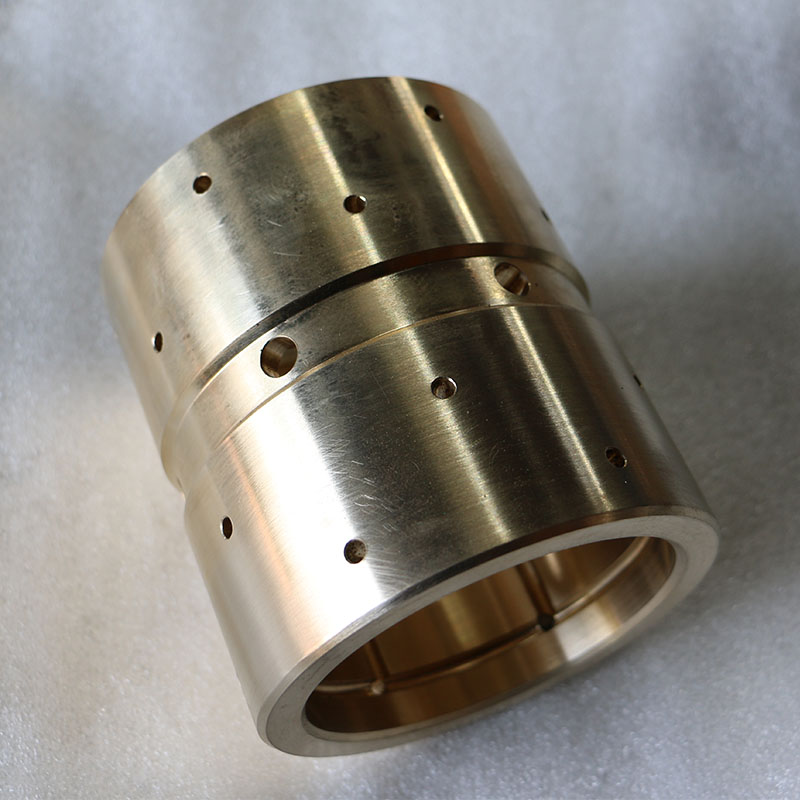In many industrial fields, bronze bushing is widely used for its excellent performance. The bronze bushing has a range of significant physical and chemical properties that enable it to perform reliably under a wide range of operating conditions.

Bronze bushings are primarily made of copper and tin alloys, a combination of materials that provides excellent wear resistance. In high load and speed environments, bronze bushings are able to withstand long-term wear while maintaining their structural integrity and dimensional accuracy. This wear resistance ensures long-term stable operation of the mechanical system, reducing maintenance costs and downtime.
Bronze bushings also show excellent corrosion resistance. Even in humid or chemically aggressive environments, bronze bushings can resist corrosion and keep their performance intact. This feature is especially important for areas that require corrosion resistance, such as Marine engineering and chemical equipment.
In addition, bronze has good thermal conductivity, which helps to dissipate heat and reduce performance degradation or damage caused by overheating. In equipment operating at high temperatures, the bronze bushing can effectively conduct heat, ensuring that the temperature of the internal components is controlled within a safe range.
The hardness of the bronze bushing is moderate, which can withstand a certain load and is not easy to crack. This characteristic allows the bronze bushing to maintain its shape and functional integrity in the event of impact or unexpected load, providing additional security.

In practical applications, these properties of bronze bushings make them the preferred material for aerospace, automotive manufacturing, precision instruments, electronic equipment and other industries. Whether in bearings that rotate at high speeds or in precisely controlled sliding mechanisms, bronze bushings provide stable and reliable performance.
To sum up, bronze bushings play an important role in modern industry because of their unique performance combination. Its wear resistance, corrosion resistance, thermal conductivity and suitable hardness enable it to provide excellent performance in a variety of demanding application environments, ensuring efficient and stable operation of mechanical equipment.
| Previous:Advantages and disadvantages of centrifugal casting process for copper bushing | Next:Characteristics and applications of flanged copper bushings |




 Copyright © 2022
Copyright © 2022